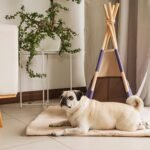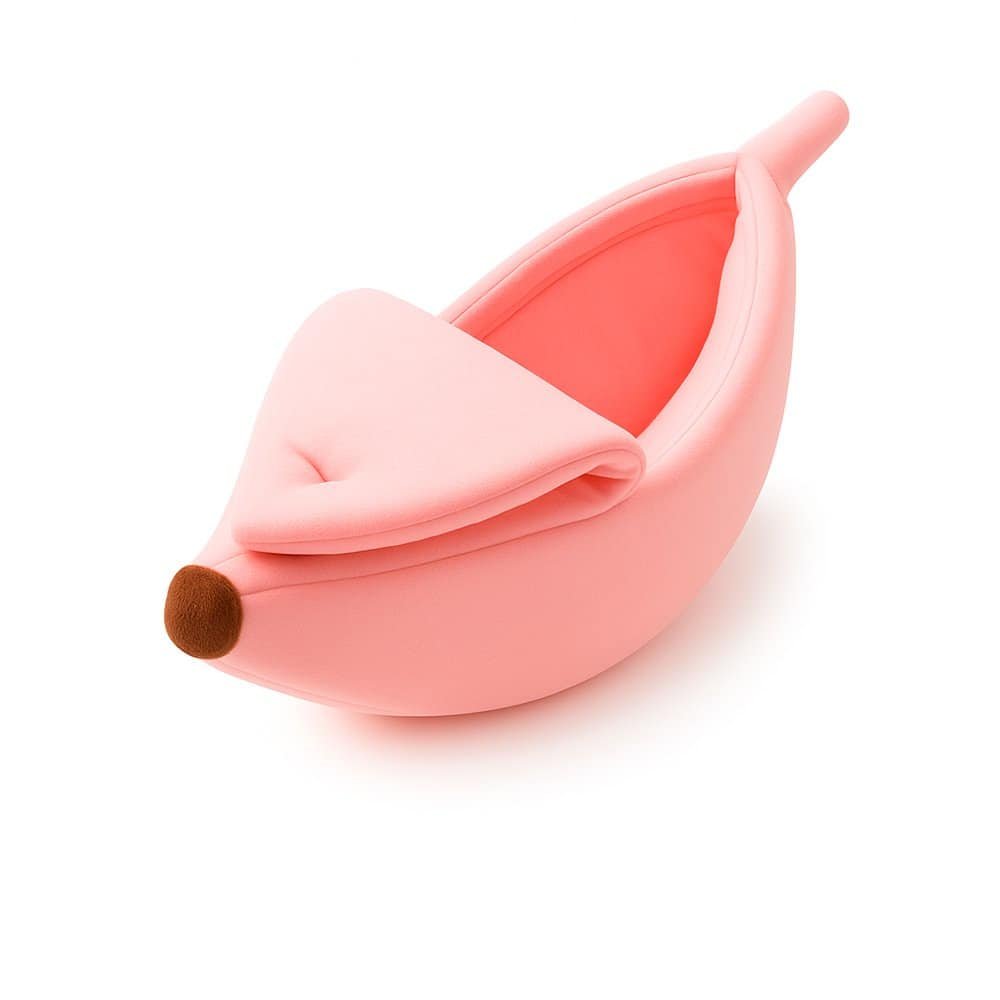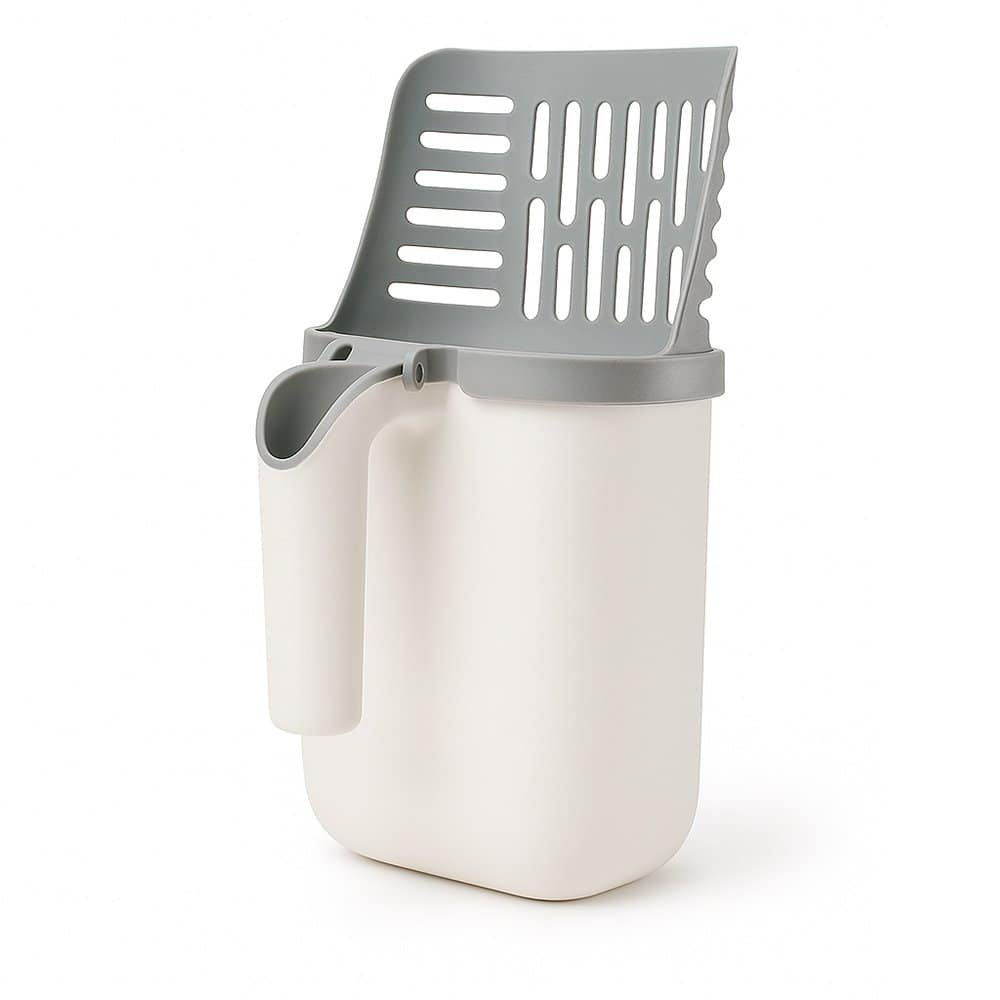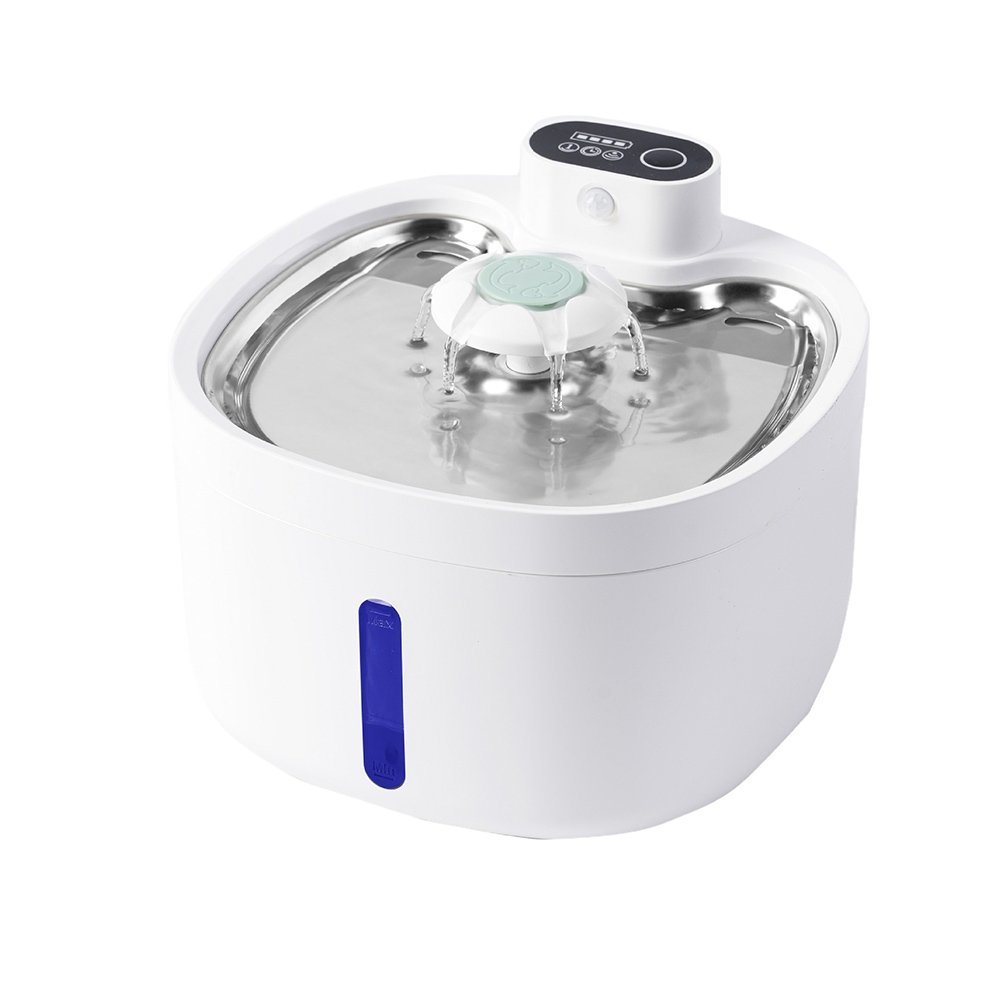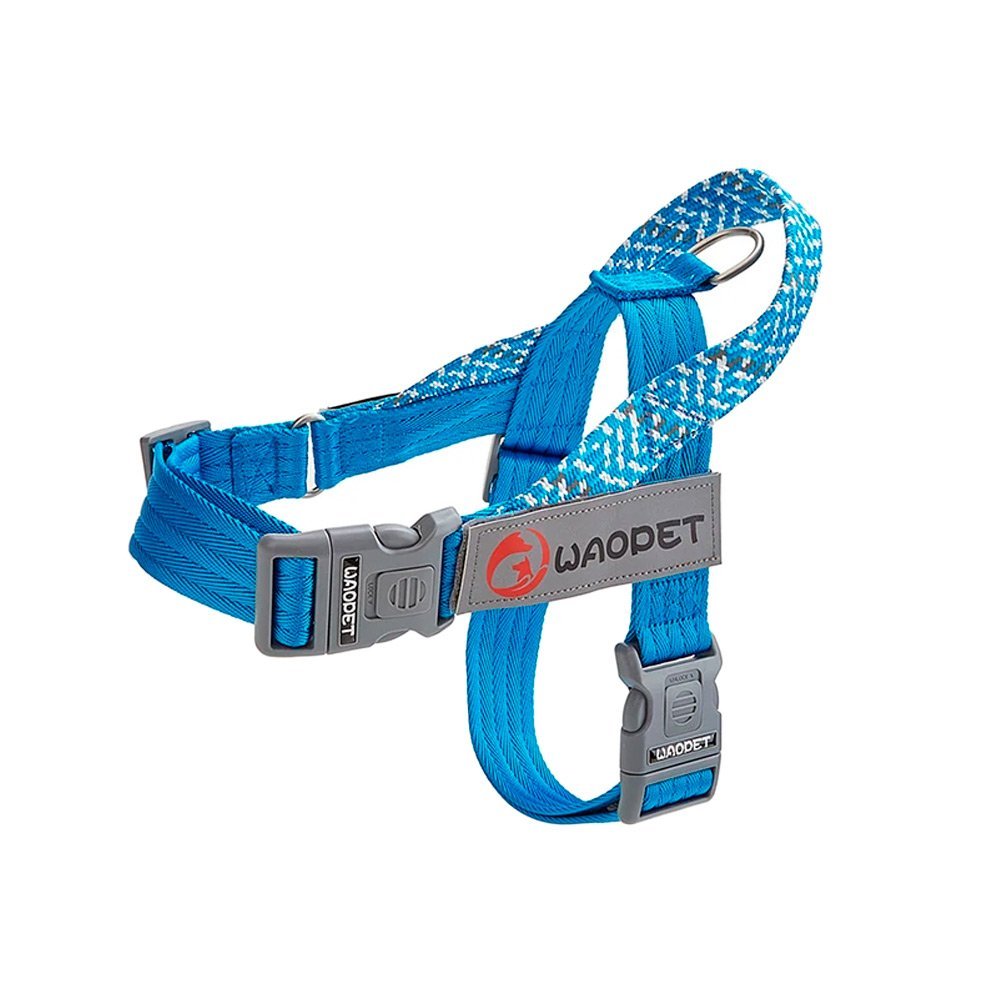How to Stop Your Dog from Chewing Furniture – Tips That Work

Table of Contents
- Why Dogs Chew Furniture and How to Stop It
- Understanding the Behavior
- Why You Must Stop Chewing Behavior Early
- Proven Ways to Stop Destructive Chewing in Dogs
- Avoid These Common Mistakes When Dealing with Chewing
- Redirect Chewing Into Healthy Habits That Last
- How to Puppy-Proof Your Home and Prevent Chewing
- Best Training Techniques to Stop Destructive Chewing
- Final Tips to Stop Your Dog from Chewing Furniture
Why Dogs Chew Furniture and How to Stop It
Tired of finding your dog chewing furniture the moment you walk through the door? You’re not alone. Chewing is a natural behavior in both puppies and adult dogs, often triggered by boredom, separation anxiety, or teething discomfort. While this habit may be normal, it can lead to destructive chewing that damages your home and puts your dog at risk. In this guide, we’ll explore why dogs chew, how to stop your dog from chewing furniture, and which chew toys and mental stimulation strategies actually work.
Understanding the Behavior
Why Dogs Chew on Furniture and What It Means
Chewing is a natural instinct for both puppies and adult dogs. For puppies, it’s part of their teething process, helping relieve discomfort and explore their surroundings. Adult dogs might engage in this behavior due to boredom, frustration, or simply because they lack enough activity during the day.
Inappropriate chewing often signals unmet needs. If your dog doesn’t receive enough physical exercise or mental stimulation, they may look for other outlets — like table legs or chair cushions. In many cases, chewing starts as a coping mechanism for anxiety, especially when dogs are left alone for long hours.
Identifying the root cause is essential. Does your dog start chewing when you’re not home? Is there a pattern with the type of items they target? Paying attention to these clues will help you redirect the behavior more effectively. When you know why your dog is chewing, you can guide them toward better habits — using appropriate chew toys or engaging activities.
Why You Must Stop Chewing Behavior Early
Damage to Your Home and Belongings
If left unaddressed, destructive chewing can lead to serious damage to furniture, carpets, shoes, and other household items. Dogs that chew on wooden furniture can create sharp edges or splinters, putting both the dog and family members at risk. Over time, even small chewing habits can ruin expensive belongings and become harder to control.
Health and Safety Hazards
Swallowing materials like foam, plastic, or fabric can result in choking, internal blockages, or other severe health issues. Both puppies and adult dogs are vulnerable, especially when they chew and ingest inappropriate items like furniture pieces or stuffing.
How Chewing Becomes a Reinforced Habit
When chewing behavior isn’t corrected early, it can become a learned habit. If owners respond with attention after the damage is done—even negative attention—dogs may associate chewing with getting a reaction. This reinforces the behavior rather than discouraging it, especially if no alternative like a chew toy is offered.
Proven Ways to Stop Destructive Chewing in Dogs
Increase Physical Exercise
Many dogs resort to chewing when they have excess energy. Ensuring your dog stays active through daily walks, games, or agility routines can help prevent destructive habits. A well-exercised dog tends to be more relaxed and less prone to behavioral issues caused by frustration or anxiety.
Mental Stimulation to Prevent Inappropriate Chewing
Mental challenges are just as important as physical ones. Dogs left unstimulated often look for ways to entertain themselves, including damaging household items. Use puzzle feeders, scent games, or teach new tricks to keep your pet’s brain engaged. These activities promote focus and reduce boredom-related behavior.
Offer Suitable Alternatives
Introduce a mix of safe, age-appropriate items that your dog can bite. Choose textures that mimic their preferences (like rubber or fabric) and rotate them weekly to maintain interest. By guiding your dog toward the right objects, you help them develop healthy chewing routines.
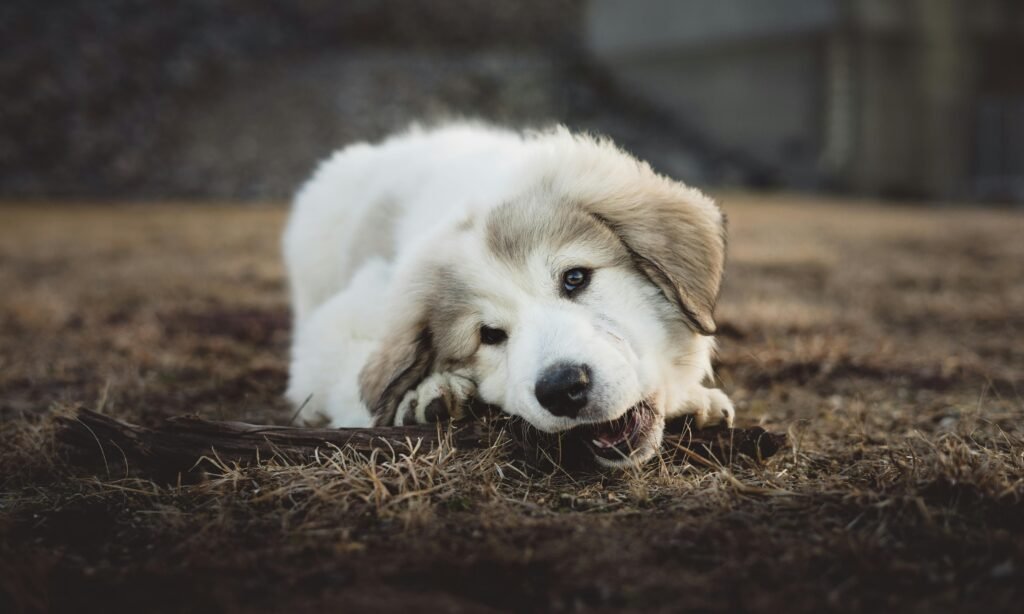
Avoid These Common Mistakes When Dealing with Chewing
Punishing After the Fact
A common mistake many dog owners make is scolding their pet after the damage is done. However, dogs live in the present — unless you catch them chewing in the act, they won’t understand the reason for the punishment. Reacting too late can lead to confusion or fear, and does little to stop chewing behavior.
Removing Chew Toys Too Soon
It’s easy to get frustrated when your dog continues to chew the wrong things, but taking away all chew toys only removes the safe alternatives. This often leads to even more destructive chewing. Instead, make sure appropriate chew toys are always available and use positive reinforcement to encourage their use.
Ignoring the Root of the Problem
Chewing isn’t just a habit — it often stems from deeper issues like boredom, frustration, or separation anxiety. If you don’t address the cause, the behavior will likely return. Dogs need both physical activity and mental stimulation to stay balanced.
Lack of Supervision
Especially in the early stages of training, your dog should be supervised whenever possible. Use a crate or block off access to certain rooms when you can’t watch them. Preventing access to tempting items helps develop better chewing habits over time.
When to Call a Professional Dog Trainer for Chewing Issues
If your dog continues to destroy furniture despite consistent training, it may be time to consult a professional dog trainer or veterinarian. Chronic chewing can be a sign of anxiety or other behavioral issues that require personalized guidance.
Redirect Chewing Into Healthy Habits That Last
Just because your dog has a chewing habit doesn’t mean it has to be destructive. With the right approach, you can transform this behavior into something safe and beneficial. Providing appropriate chew toys is a great first step—especially those designed for puppies or dogs that love to chew. Opt for durable rubber or flavored options that align with your dog’s chewing instincts.
You can also keep your dog mentally engaged with puzzle toys or interactive feeders. These not only satisfy their need to chew but also provide mental stimulation, reducing boredom and the chances of destructive chewing. Reward your dog when they pick a chew toy instead of furniture—this builds positive associations.
To keep their interest high, rotate toys regularly and supervise your dog when offering new ones. Consistent routines and positive reinforcement help shape healthy chewing habits that last.
How to Puppy-Proof Your Home and Prevent Chewing
Preventing your dog from chewing on furniture starts with a well-prepared home. Whether you’re managing a curious puppy or an adult dog, small changes in your environment can make a big difference.
Begin by limiting access to areas with chewable or valuable items. Use baby gates or closed doors to block rooms and keep items like shoes, books, and remote controls out of reach—especially during the teething phase when puppy chewing tends to peak.
To discourage inappropriate chewing, apply safe deterrent sprays to furniture legs or edges. These sprays typically have a bitter taste that helps prevent chewing without causing harm. Always test the product on a small spot to avoid damage.
You can also use chewing deterrents like protective wraps or covers. Reinforce good behavior immediately when your dog avoids chewing something off-limits by offering praise or a small reward. Positive reinforcement is key in preventing the development of unwanted chewing habits.
Keep your dog mentally active throughout the day to reduce destructive behavior. Offer puzzle toys, rotate chew toys frequently, and schedule consistent walks or structured playtime. These activities help satisfy your dog’s need to chew while also reducing stress and boredom.
Best Training Techniques to Stop Destructive Chewing
Training is one of the most reliable ways to prevent inappropriate chewing, especially when done with consistency and patience. Begin by supervising your dog in areas where they’re most likely to bite or chew on items they shouldn’t. If you catch them mid-action, redirect their attention to a suitable chew toy calmly—without yelling or scolding.
Use positive reinforcement techniques. When your dog picks a toy instead of a couch leg or shoe, reward them with verbal praise or a treat. Over time, they’ll associate good choices with rewards and be more likely to repeat them.
Commands like “leave it” or “drop it” are especially useful. These cues interrupt the action and help shift focus to a safer object. Practice them frequently using treats and training objects.
If chewing behavior continues despite your best efforts, consider contacting a professional dog trainer. Persistent chewing can point to deeper problems like anxiety, lack of routine, or mental stimulation. A trainer can provide tailored solutions to your dog’s needs.
Incorporating daily physical exercise, short training games, and enrichment activities helps keep both mind and body engaged—reducing frustration and destructive tendencies.
Final Tips to Stop Your Dog from Chewing Furniture
Chewing is a natural part of your dog’s behavior, but it doesn’t have to mean saying goodbye to your furniture. Understanding the reasons behind destructive chewing — from puppy teething to boredom, anxiety, or lack of stimulation — is the first step toward solving the problem.
By providing appropriate chew toys, introducing mental enrichment, supervising your dog, and applying consistent training techniques, you can protect your home and improve your dog’s well-being. Every dog is different, so patience and persistence are key.
If you’ve tried everything and your dog continues to chew on inappropriate items, don’t hesitate to consult with a veterinarian or a professional dog trainer. Sometimes, a custom approach is what it takes to achieve lasting results.
Remember: a happy, stimulated dog is far less likely to chew furniture. Give your dog what they need — attention, structure, play, and boundaries — and you’ll be on the right path to stop your dog from chewing furniture and preserve your home.
If you live in an apartment and want to create the ideal environment for your dog, check out our guide: How to Create the Perfect Apartment Life for Your Pet in 2025.

